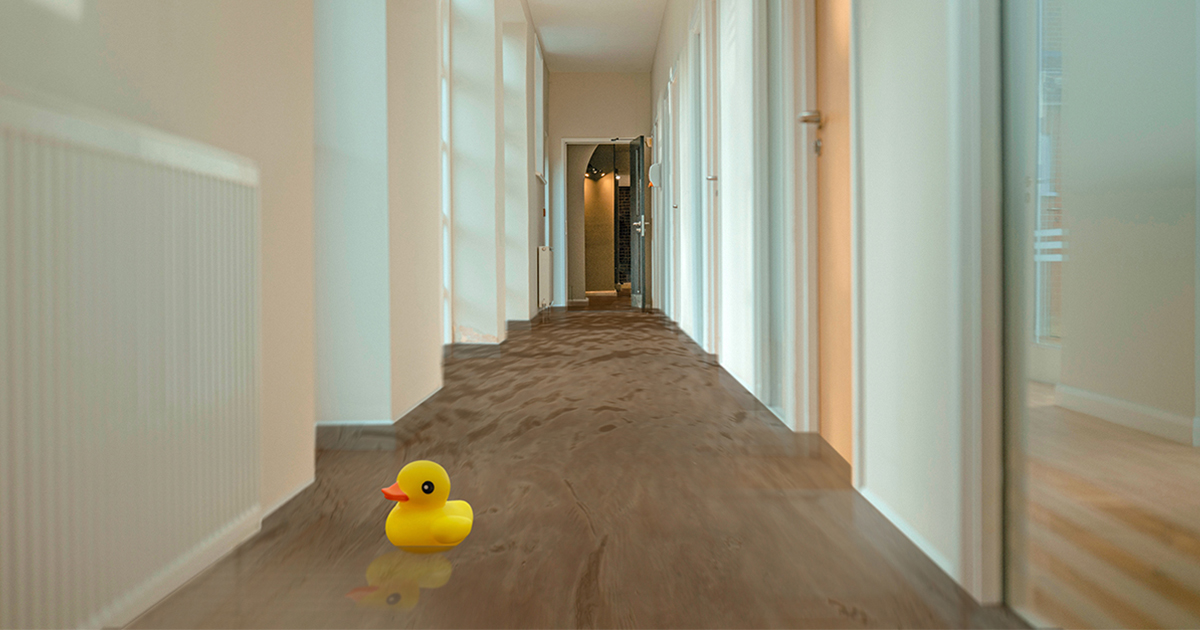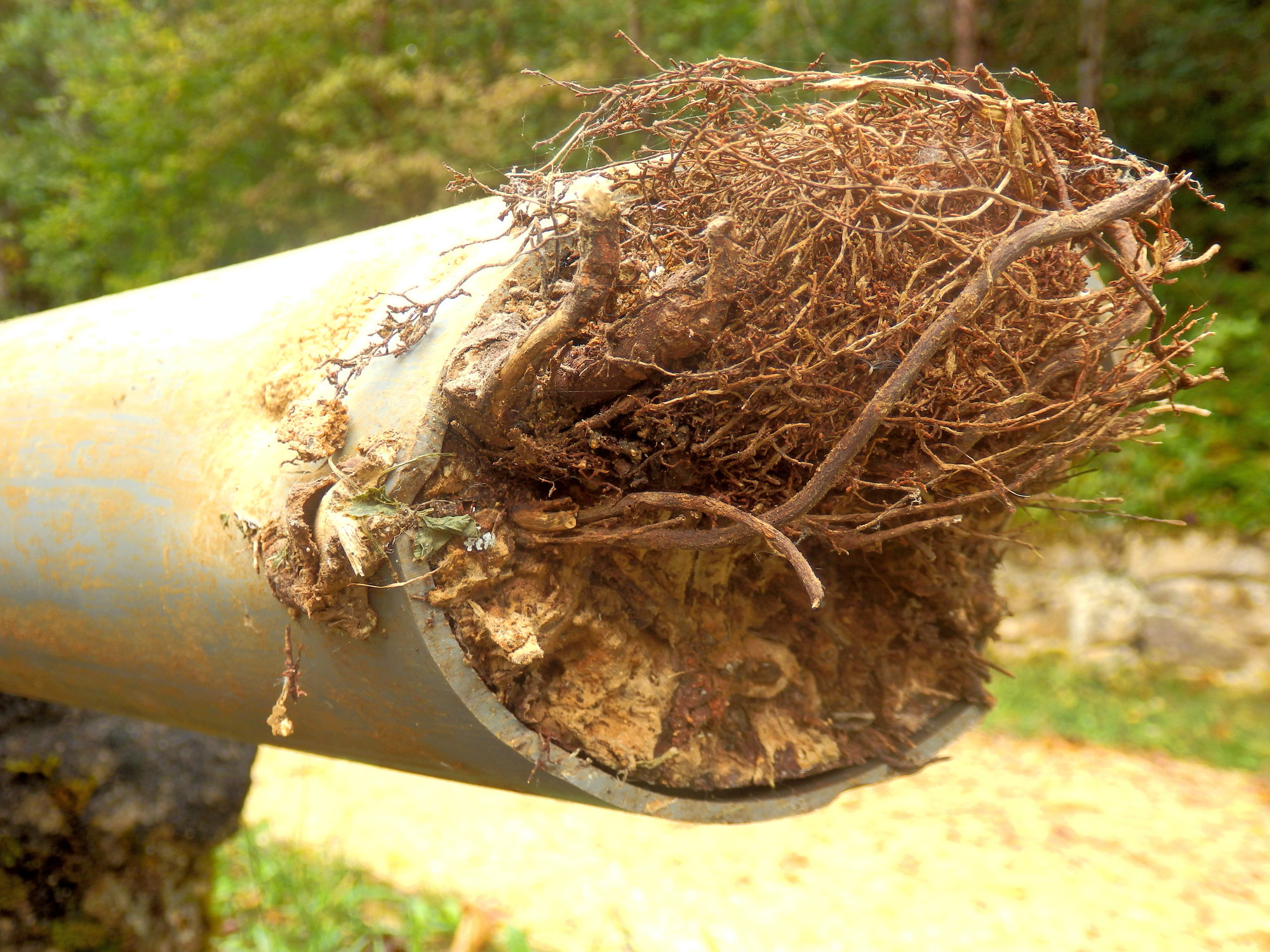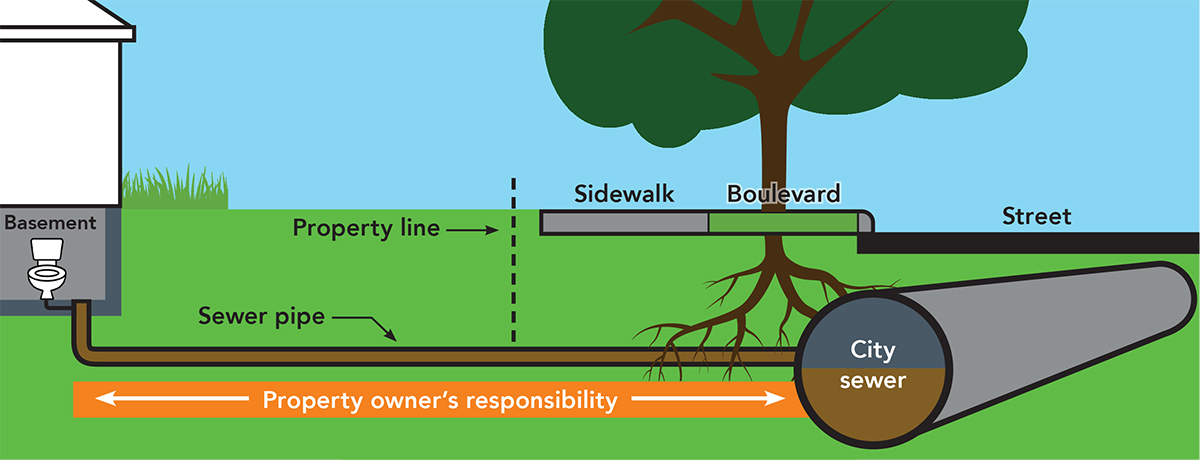
Water and sewage backups are a growing concern for property owners.
There’s growing evidence water and sewage backups is a problem across the nation. Sewage backups into residences have become the number one home insurance claim, outstripping fire, theft and vandalism, says Robert Tremblay, director of special projects for the Insurance Bureau of Canada. The Federation of Canadian Municipalities (FCM) estimates water and wastewater infrastructure needs $31 billion in upgrades to maintain water and sewer systems, and $90 billion over a decade for replacements and upgrades.1
Is your home or dental practice vulnerable to the damage caused by sewage backups? The ramifications are grim: a clogged or damaged sewer pipe can obstruct the natural flow of water into the municipal drain, leading to the unspeakable scenario of raw sewage entering your home or business. While your home could be uninhabitable until the problem is fixed; if this happens to your business, you could be faced with an extended closure, lost patients, lost income and a long remediation process.
Are You at Risk of Sewage Backups?
Signs of a sewer drain issue are often subtle. Look out for multiple plumbing fixtures clogging or draining sluggishly, toilets prone to easy clogging or emitting gurgling noises upon flushing, or dishwashers/washing machines refusing to drain or causing unwelcome backflows somewhere else in the system. If that is happening, it’s worth a visit from a plumber before the plumbing system fails completely.
Causes of Sewage Backups
While trees undoubtedly enhance the aesthetic appeal of our neighbourhoods, they can also spell disaster for plumbing systems if the root systems infiltrate sewage and/or water pipes. Tree roots can span 2 to 3 times the tree’s height while seeking nutrients and moisture for the tree as it grows. The larger and older the tree, the more complex this root system becomes and the more of a threat to aging sewer infrastructure.
Even minuscule cracks or leaks in pipes serve as invitations for these roots to invade, gradually expanding and causing partial or complete blockages. Clay pipes in older neighbourhoods, with their porous surfaces, are particularly susceptible, with roots capable of causing cracks even without pre-existing leaks.
Another culprit to sewage problems is clogged drains caused by fats or oils poured down drains that can congeal and obstruct the passage, while flushing inappropriate items like paper towels, wipes, diapers, or feminine hygiene products can compound the problem. It’s no secret that there will always be certain people who disregard posted warnings in your clinic washrooms about what items should not be flushed.
Finally, most municipalities have begun mandatory programs for property owners to ensure their downspouts are disconnected from the city’s aging sewer system. During heavy rain, the sewers can become overloaded, which can increase the risk of basement flooding and release of polluted rainwater into local waterways. By disconnecting downspouts and directing stormwater onto the property instead, it can minimize the risk of sewer overloads.

Preventive Measures
Diverting rainwater away from buildings by disconnecting downspouts and installing extensions can mitigate the risk of sewer backups. Embracing permeable landscaping such as sod and flowerbeds helps absorb rainwater, reduce runoff, and minimize municipal water issues.
Installing a backwater valve in the sewer line also serves as a proactive defense mechanism, automatically shutting off if sewage begins to back up. Additionally, sump pumps prove invaluable in low-lying areas prone to flooding, efficiently removing accumulated water from basements or crawl spaces. In both these cases, your insurance company may offer a premium discount for the installation of these devices.
Who Pays for What
If a sewer line issue arises on your property, it is your responsibility to fix it. However, responsibility for sewer lines can extend beyond property lines, like those connecting to the municipal system, which may also fall to the property owner. It’s best to contact your municipality to check but as infrastructure costs continue to rise, more and more municipalities are protecting themselves by enacting bylaws that specifically state that their responsibility is only for the main sewer line.

In the Event of a Sewage Backup
A sewer repair usually takes three to five business days and during this time, you may be without sewer service. Beyond the repair and depending on the extent of the contamination and any resulting structural damage, a sewage backup cleanup cost can range from a few hundred dollars to tens of thousands of dollars and may take several days, weeks or even months, depending on the damage.
Sewer or drain backup is not only damaging to your property and/or equipment, but it can also be dangerous to your health. Sewage and drain backup water contains bacteria, viruses, and germs. It’s best to hire professionals to clean and sanitize the affected areas and to ensure no future mould growth.
Claims Considerations
A full sewer line replacement, spanning from the house or business to the street, is a substantial undertaking, with costs varying based on factors such as distance, soil type, and regional disparities.
Sewer backup protection is not normally included in standard business or home insurance policies but for a modest additional premium (usually less than $50) the coverage may be added as an endorsement to your policy. Below is an example of an endorsement offered to home insurance clients of The Personal (the insurer for our CDSPI Home and Auto Insurance plan).*
WATER SERVICE AND SEWER LINE BREAKAGE (ENDORSEMENT 51)
This insures you for the cost to repair to replace the pipe that brings drinking water into your home and the pipe that takes sewage out. These pipes are located outside of your home, on your premises.
For example, if your water service or sewer line breaks, you would be covered for the costs related to the following up to the amount specified in your policy.
-
- Tearing up your yard to access the broken line
- Repairing or replacing the line
- Restoring your yard following the repairs
These repairs could help prevent further damage to your property.
For commercial properties, which often have higher values and more complex insurance needs, the claim payouts can be significantly larger, often reaching tens of thousands of dollars, depending on the extent of the damage and the business interruption costs. Depending on the area of the country a small claim that closes the office for 3 days could see a claim of $45k to $68k according to Crawford and Company who oversees claims for CDSPI’s TripleGuard™ Insurance solution for dental practices.
The potential health hazards and financial burdens associated with sewage backups are worth a quick phone call with your insurance company about your coverage before an incident. Talk to your agent about adding protection for sewer backup.
By adopting preventive strategies and ensuring sufficient insurance coverage, homeowners and businesses can protect themselves against a sewage-related disaster.
This article is for informational purposes only and is not a substitute for professional advice. A professional advisor or qualified expert should be consulted regarding your specific situation and concerns about water damage in your home or office.
1 Aging Infrastructure, Part 1: The Trouble Underground - Legion Magazine
* The CDSPI Home & Auto Insurance Program is underwritten by The Personal Insurance Company and distributed by CDSPI Advisory Services Inc.
The CDSPI Home & Auto Insurance Program is subject to certain conditions, limitations and exclusions. Products, services, savings and discounts are subject to eligibility conditions and may vary by jurisdiction. Rates and discounts are subject to change without notice. The CDSPI Home & Auto Insurance Program is not available to residents of Quebec. Auto insurance is not available to residents